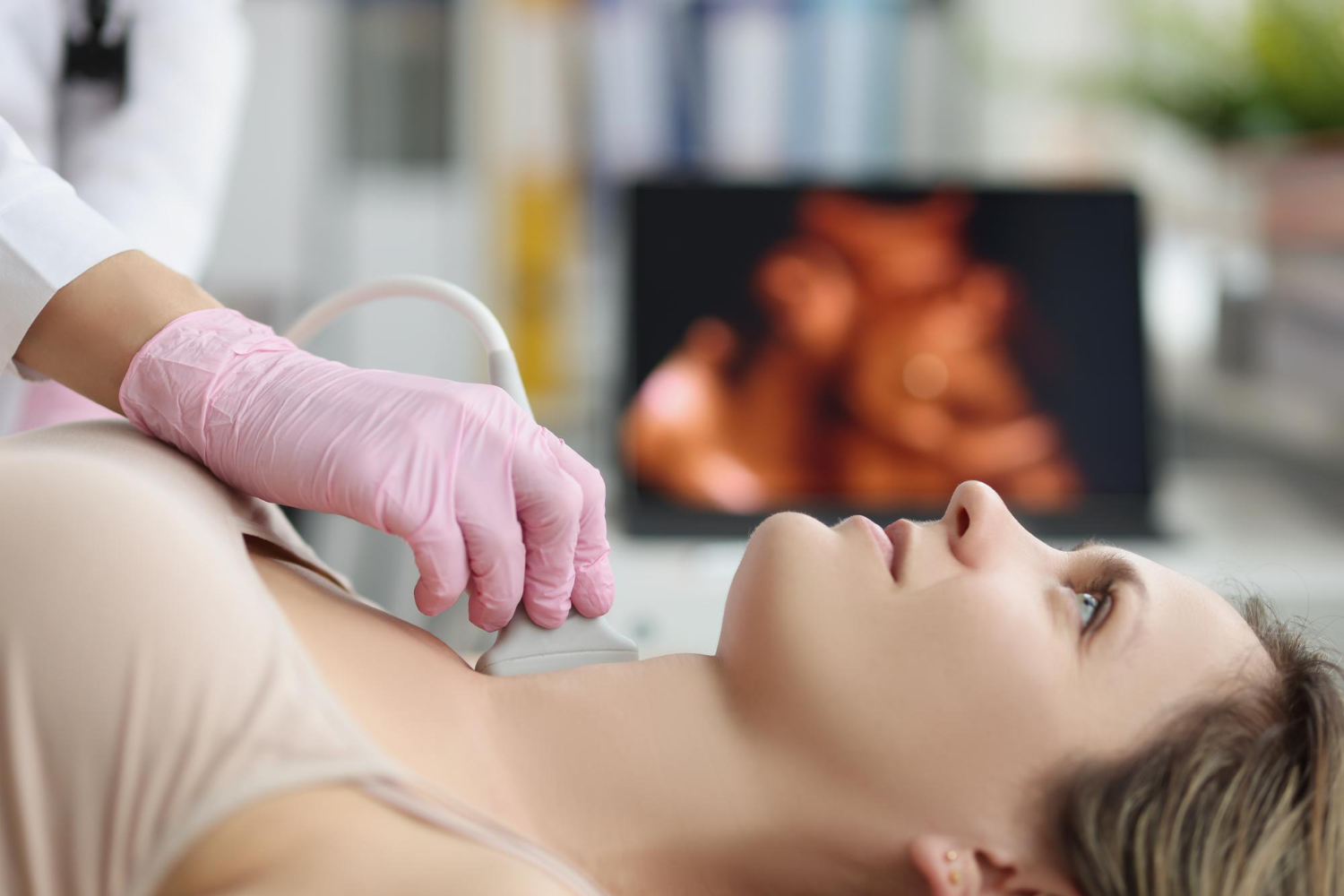Thyroid biopsy
It is the procedure used to determine whether a nodule located in the thyroid gland is cancerous or non-cancerous by obtaining small samples by aspiration of the tissue.
Benign and malignant nodules
Probabilities indicate that 95% of nodules appearing in the thyroid are usually benign, while 5% of them are malignant.
The thyroid is an endocrine gland essential for the regulation of metabolism and hormones in the human body.
Thyroid biopsy allows us to discover the causes of the appearance of lumps or nodules in the neck with complete accuracy.


A secure evaluation
This procedure is so simple that there are no major complications for the patient.

Effectiveness in results
Thyroid biopsy reveals a diagnosis with more than 90% accuracy.

The Specialist
Our medical staff is highly trained to perform this test in the most gentle and least invasive way possible.
Frequently Asked Questions
Ultrasound-guided thyroid biopsy has proven to be an extremely effective diagnostic study with high safety rates in its results. This test combines fine needle puncture and ultrasonography to precisely locate the nodule or abnormal area within the thyroid so that the physician can perform a cleaner and more accurate removal.
The doctor will begin the test by applying anesthetic cream and ultrasound gel to the area to be examined, after which the ultrasound machine will begin to transmit the images that will serve as a guide to channel the fine needle through the skin to the biopsy site. The collected samples are immediately placed on a slide to be later analyzed by the pathologist in charge.
The ultrasound-guided thyroid biopsy is almost painless, does not require stitches and the patient can return to work almost immediately. The entire procedure lasts approximately 30 minutes.
As we have already mentioned, aftercare for this type of biopsy is minimal. In general, the patient may have some pain and tenderness in the neck for a couple of days, nothing that an over-the-counter analgesic such as paracetamol cannot solve.
If the doctor placed a bandage, it can be removed after a few hours. In addition, you will be able to continue with your normal activities (without major efforts) when you leave the clinic.
When the sample is removed, it is sent directly to the laboratory, where the pathologist will analyze it and issue the final diagnosis. In less than a week, you will be able to meet again with your doctor to know the results and discuss the best treatment for your case from now on.
